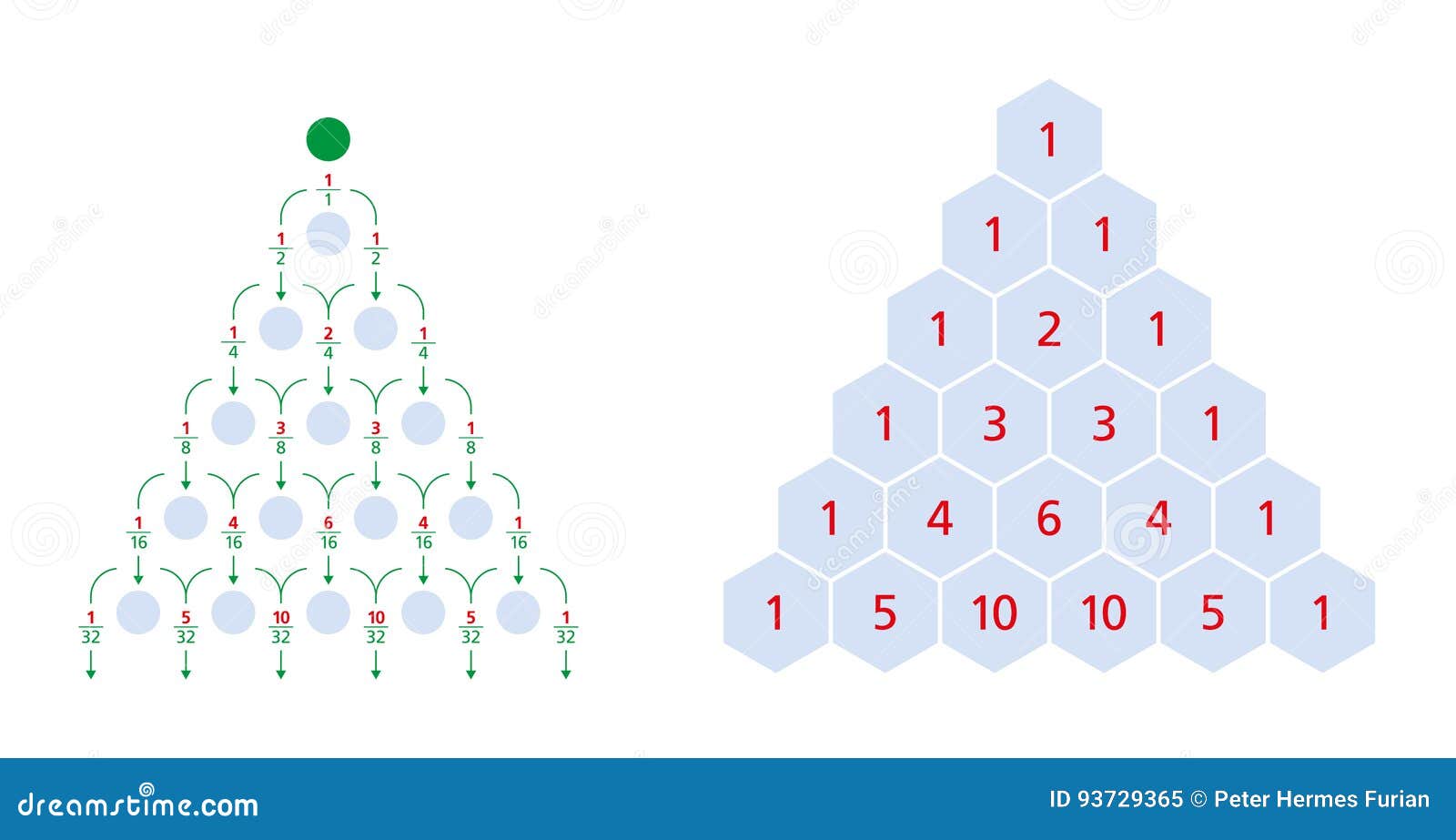

He sought popularity and fame, to enter into disputes with the experts to impress the ignorant. We can document the intentions of Galton were exactly the ones which are forbidden for Muslims. In particular, some evil intentions are mentioned in the Hadeeth as follows: He who seeks knowledge to argue with Experts, to dispute with the ignorant, or to attract attention (seek popularity), all his deeds will be in vain. An essential part of the Islamic approach to the acquisition of knowledge involves making the intention of serving the creation of God, out of the love of the Creator. The value of actions depends on intentions. Furthermore, ALL human lives are infinitely precious – each life counts as heavily as the entire humankind. NOTE the conflict with WISDOM of Quran: All Human Beings are Brothers and Sisters, Sons & Daughters of Adam and Eve. This reflects WIDELY HELD views among Europeans. Looking through the metaphor of flowers (Europeans) and weeds (others), Eugenics call for the EXTERMINATION or STERILIZATION of inferior races, as well as inferior specimens among the Aryan (White) race.
Galton statistics full#
“The garden of humanity is very full of weeds, nurture will never transform them into flowers the eugenist calls upon the rulers of mankind to see that there shall be space in the garden, freed of weeds, for individuals and races of finer growth to develop with the full bloom possible to their species.” The following quote from his student and admirer Karl Pearson (1930, p.

In this lecture, we will look at Sir Francis Galton, the Founder of Eugenics. The Islamic tradition asks us to look at both the nature of the knowledge, as well as the character and intentions of the transmitters of knowledge.

This portion discusses the racist ideas of Galton, and some statistical tools he developed in his attempts to prove them. Bit.ly/dsia05b – Part B of Lec 5:Descriptive Statistics-An Islamic Approach.


 0 kommentar(er)
0 kommentar(er)
